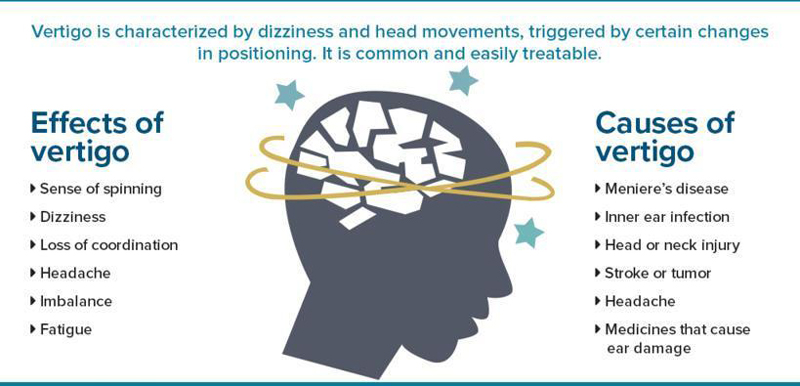Effectiveness of Chiropractic Care to Improve Sensorimotor Function Associated With Falls Risk in Older People: A Randomized Controlled Trial
SOURCE: J Manipulative Physiol Ther. 2016 (Apr 2) [Epub]
Kelly R. Holt, BSc (Chiro), Heidi Haavik, BSc (Chiro), PhD,
Arier Chi Lun Lee, PhD, Bernadette Murphy, DC, PhD, C.
Raina Elley, MBChB, PhD
Research Fellow, Centre for Chiropractic Research,
New Zealand College of Chiropractic,
Mt. Wellington, Auckland, New Zealand
OBJECTIVE: This study assessed whether 12 weeks of chiropractic care was effective in improving sensorimotor function associated with fall risk, compared with no intervention, in community-dwelling older adults living in Auckland, New Zealand.
METHODS: Sixty community-dwelling adults older than 65 years were enrolled in the study. Outcome measures were assessed at baseline, 4 weeks, and 12 weeks and included proprioception (ankle joint position sense), postural stability (static posturography), sensorimotor function (choice stepping reaction time), multisensory integration (sound-induced flash illusion), and health-related quality of life (SF-36).
RESULTS: Over 12 weeks, the chiropractic group improved compared with the control group in choice stepping reaction time (119 milliseconds; 95% confidence interval [CI], 26-212 milliseconds; P = .01) and sound-induced flash illusion (13.5%; 95% CI, 2.9%-24.0%; P = .01). Ankle joint position sense improved across the 4- and 12-week assessments (0.20°; 95% CI, 0.01°-0.39°; P = .049). Improvements were also seen between weeks 4 and 12 in the SF-36 physical component of quality of life (2.4; 95% CI, 0.04-4.8; P = .04) compared with control.
There are more articles like this @ our:
What is the Chiropractic Subluxation Page
and the:
CONCLUSION: Sensorimotor function and multisensory integration associated with fall risk and the physical component of quality of life improved in older adults receiving chiropractic care compared with control. Future research is needed to investigate the mechanisms of action that contributed to the observed changes in this study and whether chiropractic care has an impact on actual falls risk in older adults.
KEYWORDS: Accidental Falls; Aged; Chiropractic; Feedback, Sensory; Postural Balance; Proprioception; Quality of Life
From the FULL TEXT Article
Introduction
Falls are a significant cause of death, injury, and loss of quality of life in older adults. [1] Falls account for more than 80% of injury-related hospital admissions in people older than 65 years, and they are the leading cause of injury-related death in older adults. [2, 3] Approximately 30%-40% of community-dwelling older adults suffer from at least 1 fall per year. [4, 5] This incidence rate rises dramatically with increasing age or when a variety of risk factors are present. [5] Compared with healthy community-dwelling older adults, the risk of falling increases in those experiencing lower limb muscle weakness (odds ratio [OR] = 4.4), gait deficits (OR = 2.9), or balance deficits (OR = 2.9); in those with a recent history of falling (OR = 3.0); and in individuals older than 80 years compared with those younger than 80 years (OR = 1.7). [6] Many of these risk factors are influenced by the general deterioration in the function of sensorimotor systems that regularly occur with normal aging. [7] Falls are often multifactorial in their origin, with no specific single cause being identified. [6] The most common causes of falls reported in the literature are accident and environment-related causes (31%), followed by gait and balance disorders (17%), and dizziness and vertigo (13%). [6]
Read the rest of this Full Text article now!



Leave A Comment